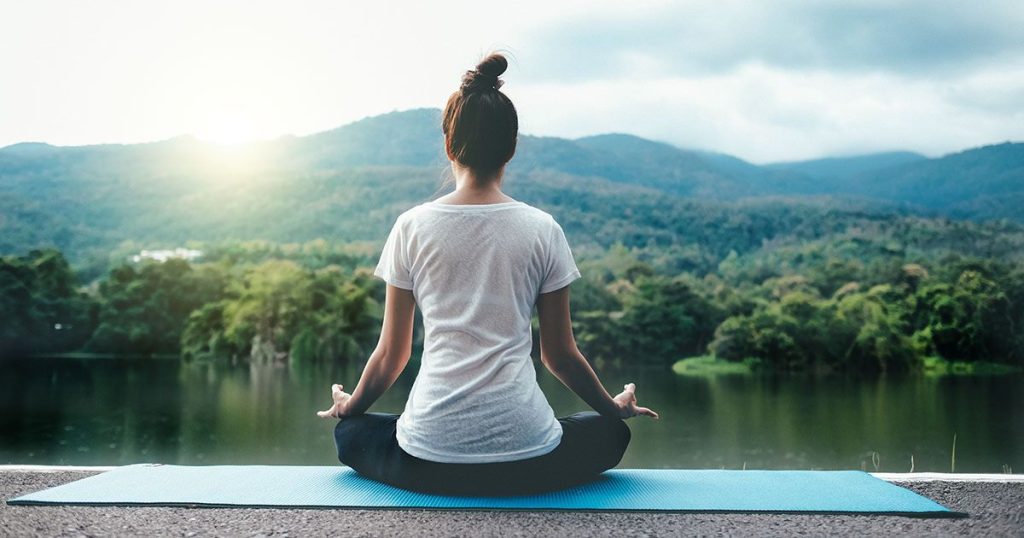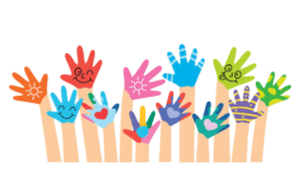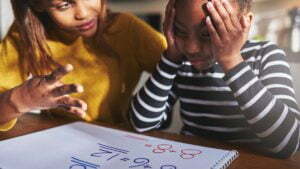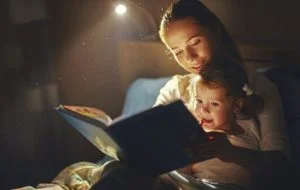As adults, we know what poses a threat to our safety. Furthermore, our body is stronger and we do not get injured as severely. Thus, we are able to survive in our adult-friendly home. However, your home probably has many potential hazards for a child. Therefore, it is essential to identify the risks to keep your child safe. In this article, we will discuss the various safety hazards and ways to combat them.
Home safety hazards and preventive measures
1. Burns and scalds prevention
- To protect your child keep them away from fire and hot surfaces.
- Supervise your child when they are around things that burn like the stove, candles, heaters etc.
- Keep hot foods and drinks away from young children. There are major causes of burns.
- Ensure that the bathing water temperature is between 37 to 38 degrees Celsius for young children.
- Print out a ‘burns and scalds’ first aid guide to refer to in case of emergencies.
2. Electrical safety
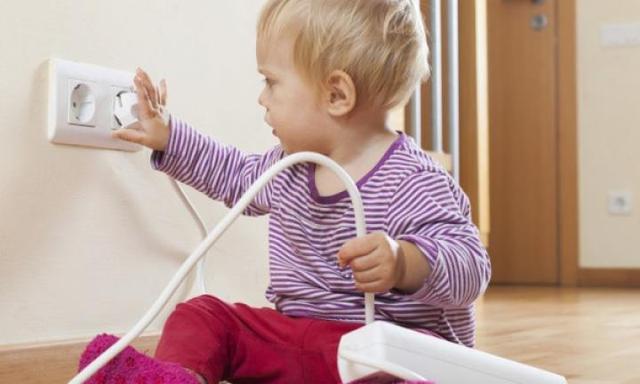
- Get a licensed electrition to perform repairs instead of doing it yourself.
- Use power point covers
- Replace electrical appliances and wires if they are worn out.
3. Preventing falls
- Keep your child safe from falling when they are learning new skills. For example, readjust your home when your little one is learning how to walk so that they do not pull on something and fall down.
- Install safeguards across all stairs and balconies to ensure that your child, who has just started crawling does not get hurt.
- When your child starts climbing, lock all or shield them with window guards.
- Leave a light on in the halls and rooms in night so that your child does not trip while going to the bathroom.
4. Furniture safety
- Check that all furniture is sturdy so that kids don’t fall when they climb it.
- Anchor shelves and wardrobes to the wall or floor to reduce the risk of tripping
- keep the furniture with sharp corners away from the area where children run around.
5. Glass safety
- Install safety glass or apply a shatter-resistant film to the windows and door of your home.
- Put stickers on glass at eye level.
6. Poisoning prevention
- Remove or keep out of reach all potentially harmful chemicals
- Store strong chemicals and medicines up high in a locked cupboard or cabinet. Furthermore, install a safety latch on the cupboard.
7. Strangulation and suffocation prevention
- Keep stuffed toys, pillows and piles of clothing off beds and prams.
- Wrap blind cords in cleats and attach them at least 1.6 m above the floor.
- Tie plastic bags, and keep them out of reach from children.
8. Water safety

- Water safety depends on active adult supervision.
- If you have a pool, you must have a pool fence and gate. Regularly check and maintain the pool gate and fence to ensure that it is working.
- If your children are under 5 years old then supervise their bath time to ensure that they don’t slip and fall or drown in the bathtub.
9. CPR and first aid
- Participate in CPR training, organized by organizations like the red cross.
- It is a good idea to first do some first aid and CPR training. Repeat the First aid training every three years, and the CPR training every year.
10. Emergency numbers
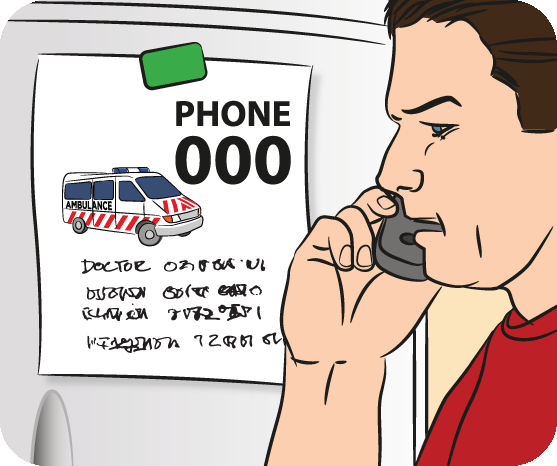
Keep an emergency list of numbers near the phone. These include the hospital number, police, state emergency etc. Additionally, make a list of the local hospital, all-night pharmacies as well as trusted neighbours and relatives. Hang up this list in an accessible place so that it is clearly visible. Additionally, make a copy of this list for your child’s babysitters.
Other prevention methods for home safety hazards
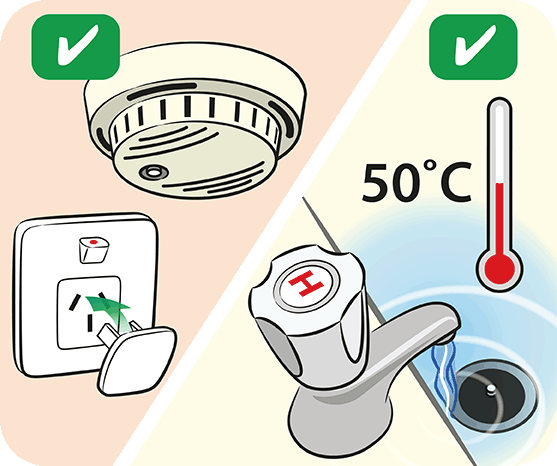
1. Use safety locks and latches for cabinets and drawers in kitchens, bedrooms, storerooms and bathrooms.
2. Keep items like knives, cutters, and other sharp objects away from the kids. Furthermore, keep heavy objects away from the edge of the table so that kids can not pull them.
3. Use doorknob covers and locks to help prevent children from entering rooms and other areas with possible dangers.
4. Use anti-scald devices for showerheads and faucets. Set the temperature to 120 degrees Fahrenheit to help prevent burns from hot water.
5. Install smoke alarms all over the house to alert you to fires. Periodically check the alarms to see if they are working. Additionally, frequently change the batteries of the alarms.
6. Use corner and edge bumpers to help prevent injuries obtained from the sharp edges of furniture and fireplaces. You can also remove such furniture from common places as mentioned earlier.
7. Install a Carbon Monoxide (CO) alarm near the sleeping area to help prevent CO poisoning.
8. Use cordless window coverings in homes with little kids to prevent strangulation
9. Use layers of protection for pools so that young kids do not fall into in. Furthermore, add a pool alarm in case an accident does occur
10. Keep all sliding doors locked. Additionally, ensure that these doors have some sort of safety mechanism so as to not injure young children.
Final thoughts
The above-mentioned safety measures are great to implement if you have a young child at home. However, this is not a foolproof way of ensuring that your child does not get injured.
While you can remove all hazards, the best way to keep your child safe is by supervising them. Your child can tumble or trip which can lead to injuries. Therefore, you must take time to inform them of what is safe and what is not. Furthermore, as children grow, they tend to climb and open things. Hence, you should be prepared to deal with new safety hazards. You will also have to change the environment to ensure that it remains a safe and creative place for your child to explore.
Share with your friends
